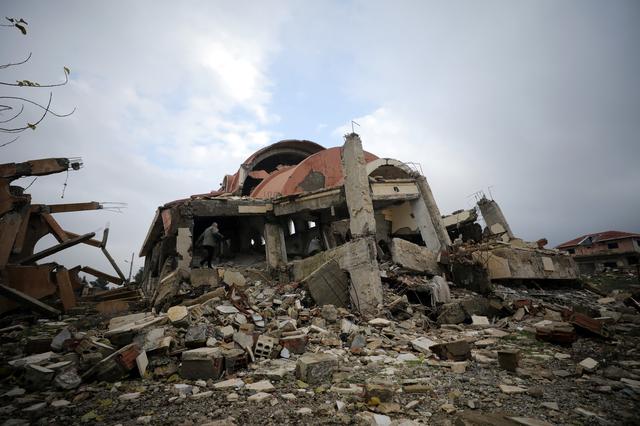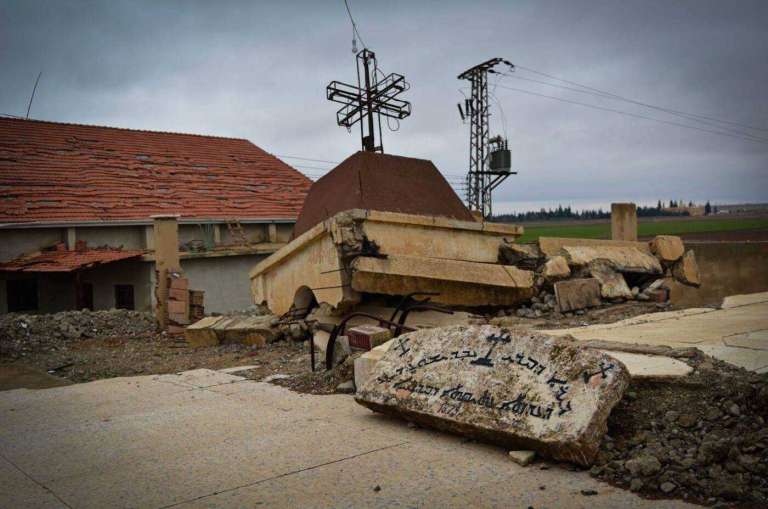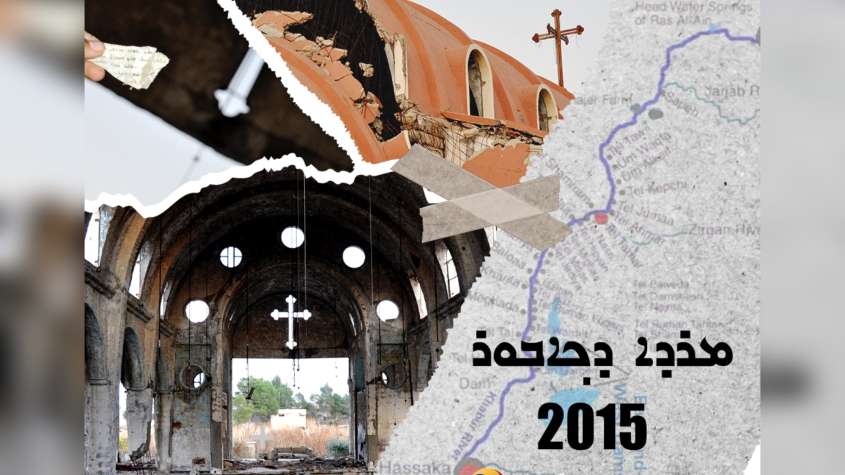An Assyrian Tragedy: The Silent Echoes of Khabur
By Patricia Nobarian
In the heart of North and East Syria, in the abandoned village of Tel Shamiran, a lone woman stands beside the crumbling bell tower of a ruined church. The woman, Maryam, now in her twenties, watches over an empty landscape — rusted locks on deserted homes, parched fields where life once thrived, and the dried remnants of the Khabur River, which once nourished her people. She waits, hoping that one day the Assyrian families who fled will return.
The Assyrian villages along the Khabur River have long been a refuge for survivors of persecution. Many of their inhabitants arrived in the 1920s, fleeing the Ottoman massacres, while others came in the aftermath of the 1933 Simele Massacre in Iraq, where the Iraqi army destroyed over 60 Assyrian villages. Around 15,000 survivors crossed into Syria under the French Mandate, seeking safety and a new beginning. Their communities flourished, known for their vineyards, agriculture, and cultural resilience.

New Wave of Darkness
That fragile stability shattered on 23 February 2015. In the dead of night, the calm of these villages was broken by the sound of gunfire and the chants of Islamic State (ISIS) fighters. What had been a place of refuge for generations turned into a battlefield as the terrorist group stormed 35 villages along the Khabur.
The attack was swift and brutal. ISIS terrorist militants kidnapped 280 villagers — men, women, and children — including a young Maryam, then just 12 years old. Forced into captivity, she was shuffled between different locations, compelled to wear the hijab and, at times, the niqab. Fear and isolation became her new reality.
As part of their campaign of terror, ISIS demolished churches, burned homes, looted villages, and laid mines across the land. Their message was clear: the Assyrians had no place in Khabur.
Ransom Paid in Blood
In a grotesque display of power, ISIS released a video of three Assyrian men kneeling in the now-infamous orange jumpsuits — Abdul Massih Noya and Ashur Ibrahim from Tel Jazira, and Bassam Michael from Tel Shamiran. One by one, they were executed. The world watched in horror.
Desperate to save the rest, Churches and members of the diaspora began raising money to secure the hostages’ release. It took over a year, and millions of dollars, but by 2016, the last of the captives were finally freed.

Exodus and Hollowed Villages
The attack marked the beginning of an irreversible decline for Assyrians in Khabur. Once home to thousands, today fewer than 1,000 remain. The rest have fled to the US, Australia, and elsewhere. Others sought safety in the city of Hasakah, only to face new threats when Turkey-backed forces invaded Rish Ayno (Ras al-Ayn) in 2019.
Now, the villages stand as eerie relics of a lost past — empty houses, withered vineyards, and the river that once defined this land reduced to a trickle.
What Lies Ahead for Assyrians in Syria?
The fall of ISIS did not erase the uncertainty surrounding the future of Assyrians in Syria. Political instability, continued displacement, and the absence of a clear path to justice leave their fate in limbo.
For Maryam, the past is ever-present. Though she is now a mother of two, the memories of her captivity remain vivid, a chapter of history that refuses to fade.
A decade has passed since the attack, yet Khabur remains silent — its villages whispering stories of survival, loss, and an uncertain tomorrow.
This article can also be read in Arabic.





















